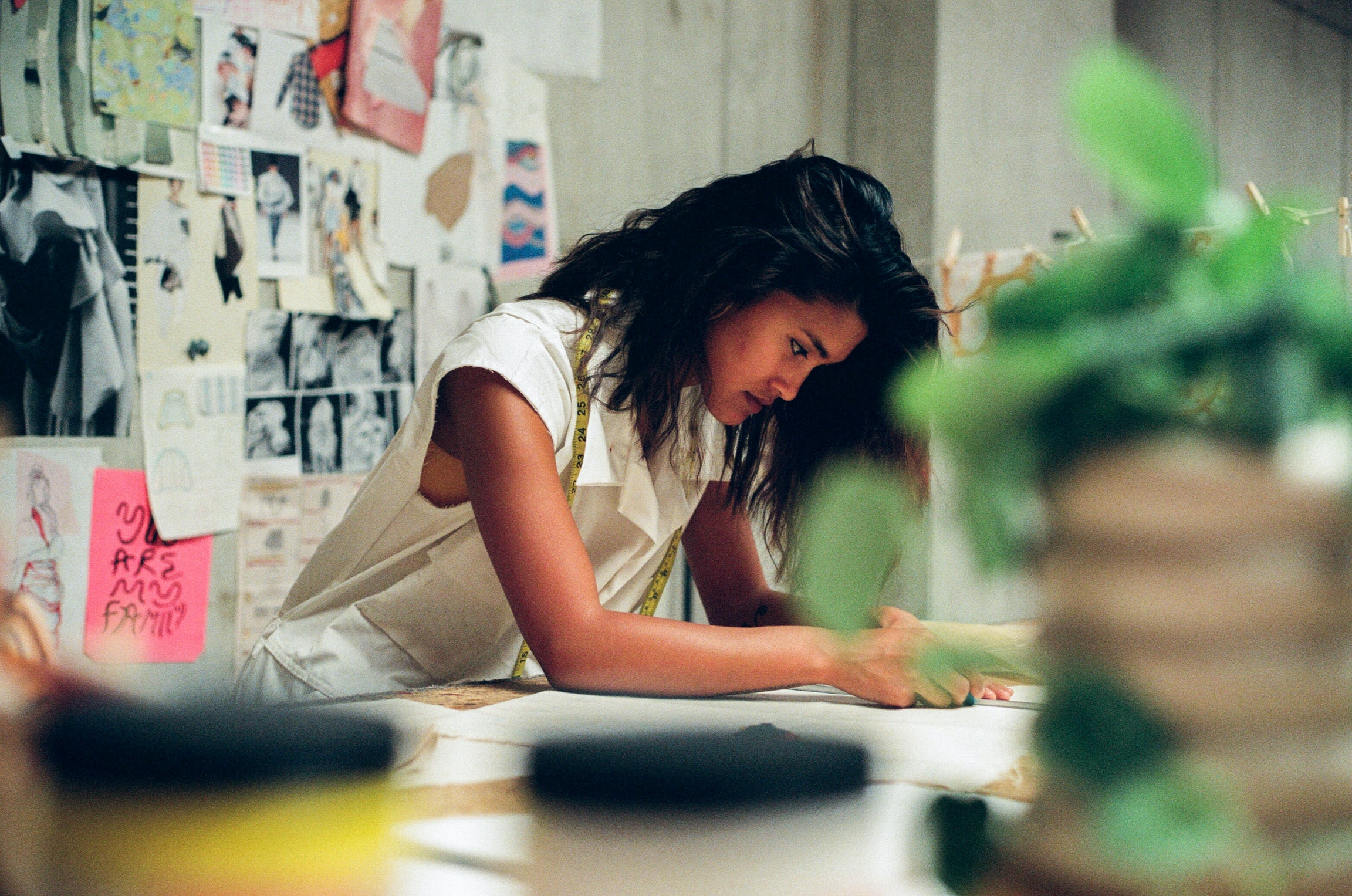Ever felt like navigating the relationship between designer and producer is a bit like doing aerial gymnastics?
Some of us are designers. Some of us are producers. Some of us even do both. Therefore, we all understand the value of what we do at each step of the experience creation process.
However, the point at which experience designers hand over to operations is the part of this journey that often gets overlooked.
And if you don’t know which questions you should be asking each other and which design elements are important for both teams to be involved in, you might be headed for disaster…
Carolene Méli, Experience Strategist and Founder of Brands of the Med, led a discussion on how to build better relationships between creators and producers when designing new experiences, drawing on a recent successful VIP project she executed for Cirque du Soleil.
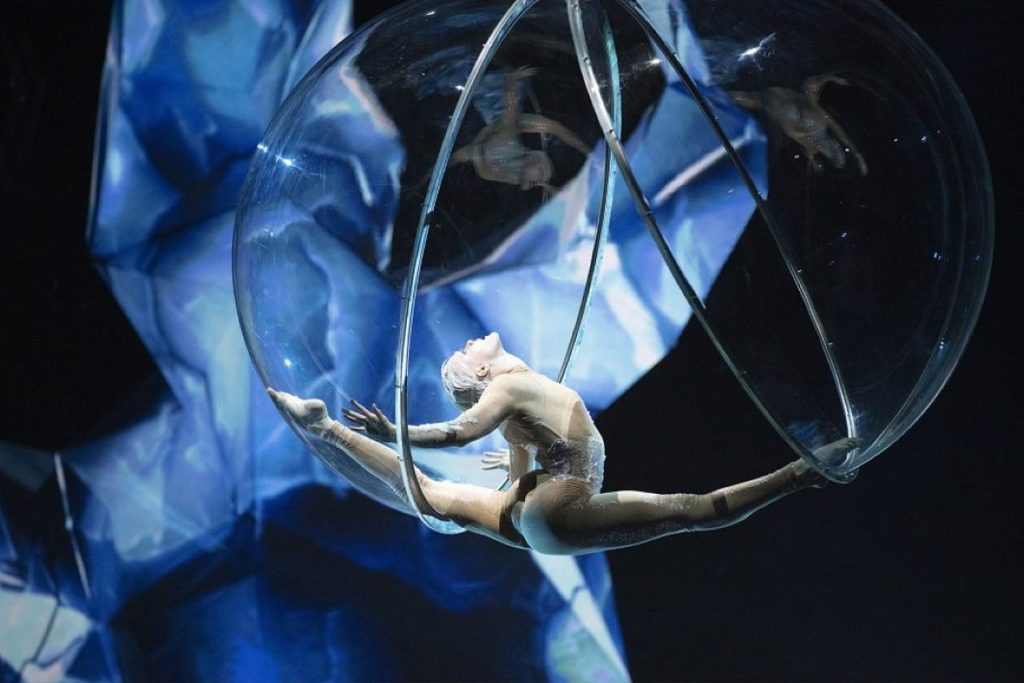
Her reflections opened up a lively conversation on the age-old tension between how great something looks on paper / a computer screen and how it translates in the real world – and the work that has to be done to convert a good idea into a great production.
We heard about productions torn apart by egos, a lack of foresight, and even hurricanes – but from these disasters several golden nuggets for how to bridge the gap between creators and producers emerged. (For more on what we can learn from failure, check out Campfyre 60: Top Flops & Epic Fails.)
Here are our ten rules for what to do (and what NOT to do) when creators and producers work together. Next time you’re working with a client, agency, or as part of a team, make it your first port of call to stop potential clashes from becoming car crashes.
1. Start The Conversation ASAP

Don’t wait until the project begins for an introduction. If the first day of setup is also the first day your design and ops teams meet, you’re already on the back foot when it comes to handing over and managing each others’ expectations.
Instead, start the conversation as early as possible in the process. Ask each other about your pain points – what do you love and hate about working with each other? What previous nightmares have you had? What are the must-haves, and where are you willing to compromise?
This “assumptions alignment” conversation isn’t only about asking questions: it’s about initiating a participatory, co-creative dialogue from day one.
2. Don’t Design In A Vacuum

A key part of kickstarting this relationship is not to silo your design and ops teams. One experience designer expressed frustration at always being assigned to the production team in their work with creative agencies, who are kept apart from the creative team.
As a result, the creatives would come up with crazy ideas that the client would like, unsupported by the reality of budgets or functionality. The production team would then be left to fix the problem. If creative and production sat alongside each other and had the design conversation together, they’d be more likely to come up with better, workable ideas.
Another designer who works with historical creators and researchers emphasised the importance of finding a way for different people to speak the same language (for more on this, see Campfire 23: How To Bring Different Worlds Together.) They argued that you should bring the designers into the same room as the historians at the research phase, so you can anticipate any lengthy discussions around how to use objects and information and create cohesion early on.
3. Nail Down Your Key Objectives

Once you’ve brought your teams together, it’s important that you ask who you’re designing for. What’s their reality? How do you want them to feel?
Different groups will also have different goals, so it’s necessary to get these into the open ASAP. Try asking for their key outcome, plus three bullet points of how they might get there. Where there are competing outcomes or objectives, you can then work out what’s the most important.
4. Make A “Map Of Actors”

When designing an experience we’re very often thinking about it from a user’s point of view, but often forget that there are multiple stakeholders involved from cleaning to catering to ushers (depending on the type of experience).
To get ourselves thinking more broadly, we should create a “map of actors” that considers everyone involved in the project, mapped to their requirements and constraints. Ideally, we’d do 360-degree mapping of the whole experience – the zoomed-out version – as well as a map of specific parts, such as a VIP element – the zoomed-in version. Then it’s up to us to make them align.
5. Play The Sabotage Game

As well as thinking about our key objectives and what we want to happen, it’s crucial to think about what we don’t want to happen. So before we begin designing, we should play “the sabotage game” and ask everyone involved in the project what they think will go wrong.
The answers might be surprising, fun or even funny, but they will help people to face the obvious things that they might otherwise miss – as well as build alignment and do risk mitigation on budgets or unnecessary detailing.
This might be uncomfortable, but it’s better for us to find out what might go wrong than the customer/client!
6. Keep It Brief
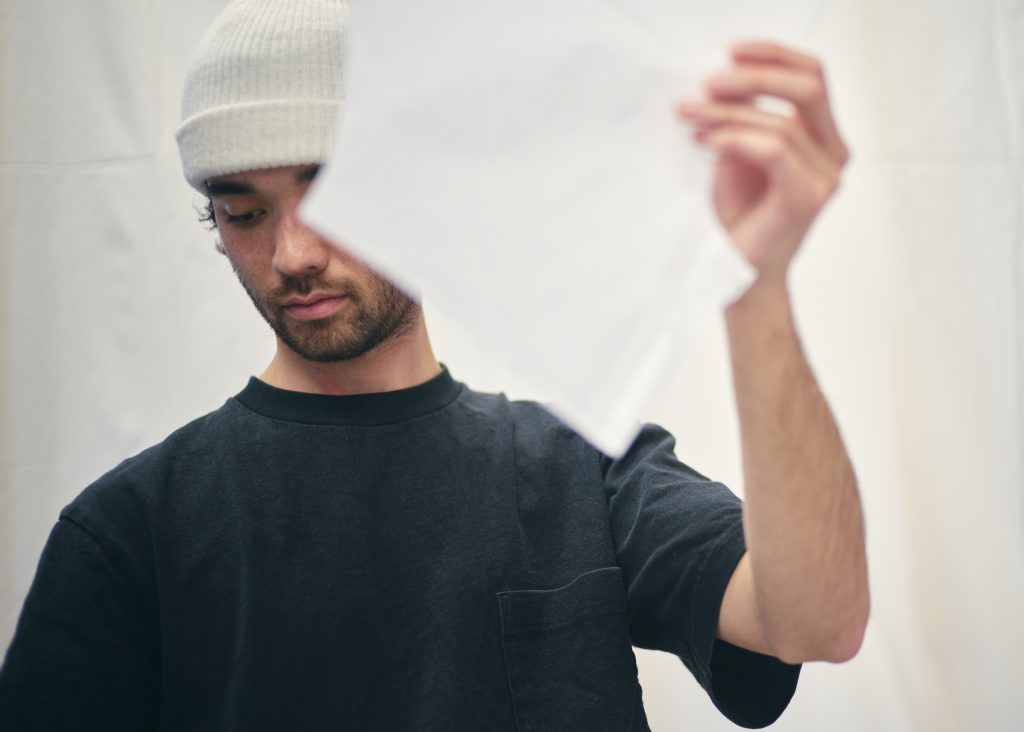
NEVER OVERSTATE THE IMPORTANCE OF A GOOD BRIEF.
If you don’t say what you need, you’re not going to get it. So creators and producers should work with each other, and with the client, to co-create a clear, detailed brief that works for everyone.
And if the brief is already in place but isn’t working, don’t be afraid to reformulate it. If as an operator you’ve left things out or expressed yourself badly, you have a chance to fix it. A rediscovery workshop might be helpful for everyone.
(We’re going to work on co-creating a WXO brief format that sets out how best to do this… stay posted!)
7. Don’t Forget About Functionality

As a creator, your idea might be stunning on paper – but when it comes to making it a reality, it can fall apart if you haven’t considered the practicality of your design. Before submitting your design, make sure you’ve considered:
- How easy are the materials to install and use?
- How long does my design take to set up?
- How long does it take to dismantle?
- How many times will it need to be used?
…plus any other logistic requirements specific to your project, which hopefully will have been flagged up in your beautifully crafted brief.
8. Think Agile

One of the most important questions creators should ask themselves is: can my design be changed easily?
Even the most thoughtful, robust designs are likely to encounter unforeseen issues when they’re translated into reality. This isn’t a mistake, it’s an unavoidable fact. But by thinking agile, you can turn a crisis into an opportunity.
In her Cirque du Soleil VIP experience, for example, Méli turned a gorgeous, but not functional central bar into a main bar and two “baby bars” that worked for staff, guests and the constraints of the venue.
Agile design isn’t imperfect design – it’s perfect design, as it has a degree of flexibility built in.
9. Allow For Imperfections
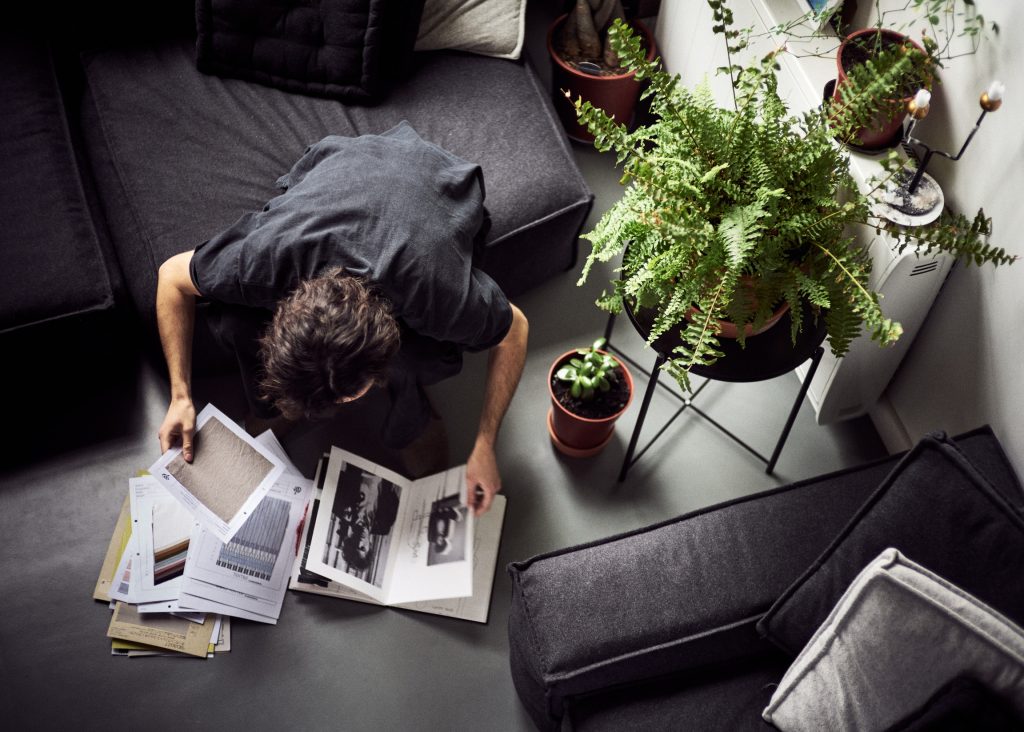
It can be easy for producers to get frustrated when they’re presented with an imperfect design that they have to solve. However, given that agile design allows for imperfections, they should too, working to make sure the dialogue is safe and the creator doesn’t have to produce something perfect first time.
The creator might not have all the perspectives that the operator has – but if you share operational obstacles candidly and respectfully in a way that explains your reasoning, you can keep the relationship strong.
10. Let Go Of Your Baby
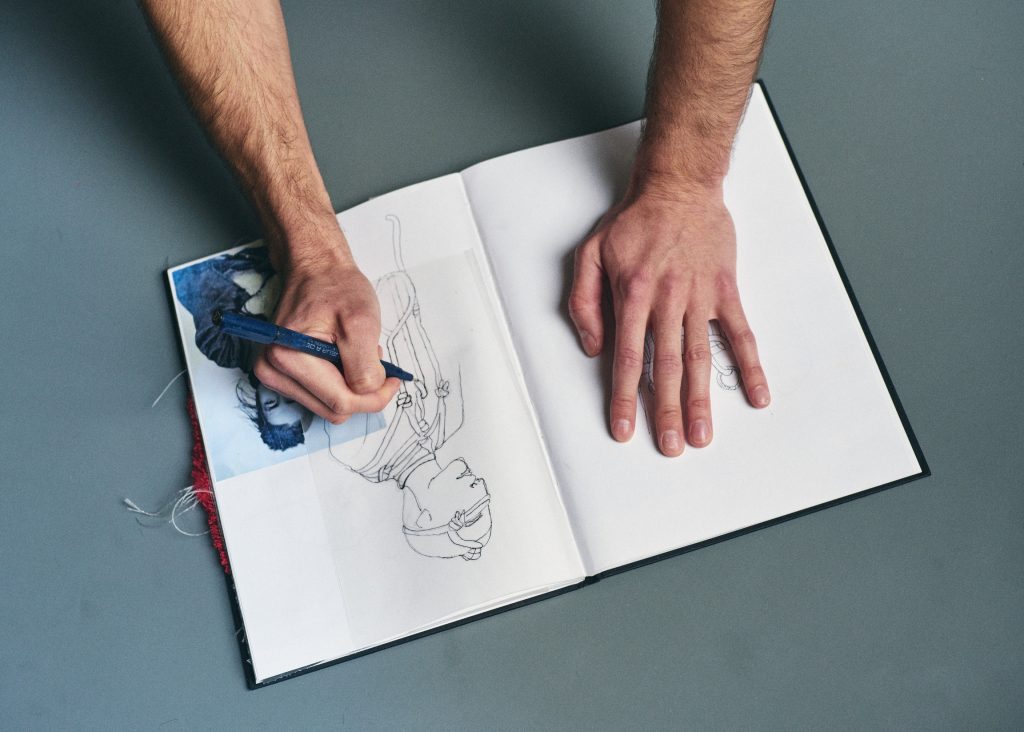
Finally, as a creator, it’s easy to get attached to our design, or frantically try to adapt it when operations get involved and start changing things. However, at a certain point you have to learn to let go! (For more tips on how to do this, make sure to register for our upcoming Campfire on navigating perfection with themed experience designer Cynthia Vergon.)
As producers, we can also help coach designers into handing over their work and entrusting us to get it right – something that’s much easier when you’ve built a relationship based on respect, understanding and trust from the beginning.
The WXO Take-Out
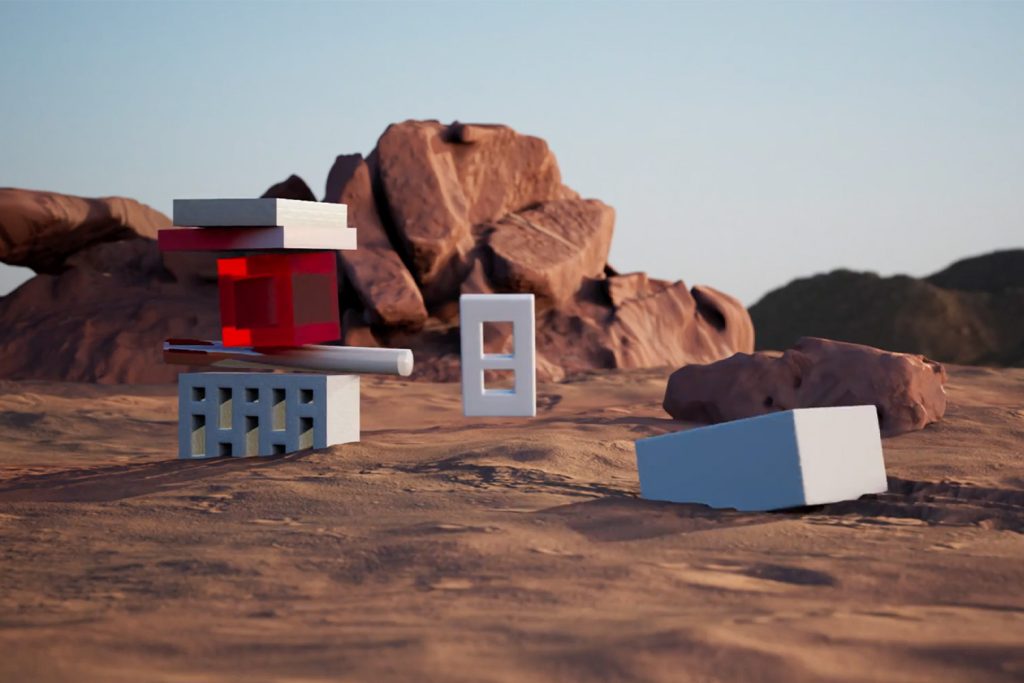
Like all relationships, the one between a creator and a producer is all about communication.
Start building a bridge early on. Find your commonalities and your differences. Develop a common language. Create a brief that clearly sets out what you want to achieve. And keep talking throughout the process so you can resolve, reiterate and respond to challenges.
Do all of this, and you won’t be asking for the divorce papers after day one!
Want to be part of the most inspiring experience conversations in the world? Apply to become a member of the World Experience Organization here – to come to Campfires, become a better experience designer, and be listed in the WXO Black Book.

